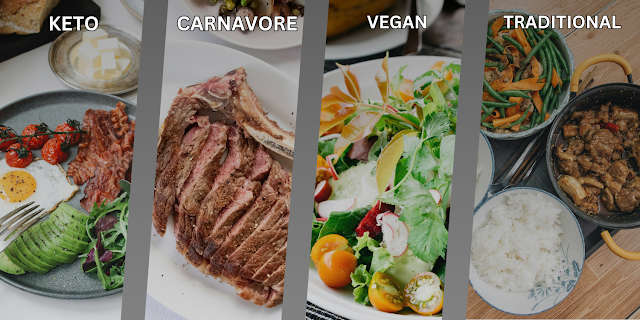Sup, my bros? Kurt here.
Let me guess. You're grinding hard in the gym, pushing your damn limits, trying to eat "clean," following all the rules. But sometimes... you just hit a wall. You feel it in your gut, right?
Maybe it's that midday energy crash that turns you into a zombie, leaving you staring at the clock, just begging for the day to end so you can crawl into bed.
Or you're constantly battling hunger—that gnawing, relentless beast—even after you "just ate." It's maddening, isn't it? You're doing everything you think is right, but your stomach's screaming at you.




.png)









.jpg)
